Mahakumbh 2025 is currently showcasing a remarkable integration of advanced technologies, setting new standards for large-scale event management and infrastructure development. The event's organizers have implemented state-of-the-art solutions to ensure safety, efficiency, and sustainability for the millions of attendees.
At the heart of this technological transformation is the Integrated Command and Control Center (ICCC), which serves as the operational hub for monitoring and managing the event. The ICCC utilizes artificial intelligence (AI) and Internet of Things (IoT) technologies to oversee crowd movements, environmental conditions, and security operations in real-time.
The successful deployment of these technologies at Mahakumbh 2025 not only addresses the immediate challenges of managing such a vast gathering but also provides a blueprint for future infrastructure projects. The lessons learned here are expected to influence urban planning and large-scale event management globally, demonstrating how technology can enhance safety, efficiency, and sustainability in complex environments.
1. Smart Planning and Construction Technologies
1.1 Building Information Modeling (BIM)
- What it is: BIM is a digital tool that helps engineers and planners create virtual models of buildings and roads before construction begins.
- Why it matters: It allows for better planning, reduces mistakes, and ensures that structures are built efficiently to handle the massive crowd.
- Impact on Mahakumbh: Authorities are using BIM to design roads, bridges, and temporary shelters, ensuring everything is optimized for crowd movement and durability.
1.2 Precast and Modular Construction
- What it is: Precast technology involves building parts of a structure off-site and assembling them on location, speeding up construction time.
- Why it matters: It ensures faster and cost-effective construction, reducing delays and material wastage.
- Impact on Mahakumbh: Toilets, temporary shelters, and even bridges are being built using modular techniques, making infrastructure ready much quicker than traditional methods.
1.3 Smart Materials for Durability
- What it is: Advanced construction materials designed to withstand heavy use and harsh weather.
- Why it matters: Stronger materials mean safer infrastructure that lasts longer, even after Mahakumbh ends.
- Impact on Mahakumbh: Steel Authority of India Limited (SAIL) has supplied 45,000 tonnes of high-strength steel to build roads and bridges that can handle the weight of millions of people.
2. AI and IoT for Safety and Crowd Management
2.1 AI-Powered Surveillance
- What it is: Artificial intelligence (AI) is being used to monitor crowd density and detect potential security threats in real-time.
- Why it matters: AI can predict overcrowding, helping authorities prevent stampedes and ensure smooth crowd movement.
- Impact on Mahakumbh: AI-driven cameras and facial recognition software are helping locate lost individuals and track movement patterns to improve safety.
2.2 IoT Sensors for Monitoring Infrastructure
- What it is: Internet of Things (IoT) sensors are small devices that collect real-time data on air quality, water levels, and energy use.
- Why it matters: They help in maintaining cleanliness and ensure smooth functioning of services like sanitation and waste disposal.
- Impact on Mahakumbh: IoT-based monitoring is helping manage water quality in the Ganges and track waste collection, ensuring a cleaner environment.
2.3 RFID Wristbands for Pilgrim Tracking
- What it is: Radio-frequency identification (RFID) wristbands help authorities track the movement of pilgrims for safety and management.
- Why it matters: It reduces the chances of losing people in the crowd and allows for quick response in case of emergencies.
- Impact on Mahakumbh: Millions of RFID bands have been issued, making it easier for families to stay together and for security teams to locate individuals quickly.
3. Drones and Digital Services Enhancing the Experience
3.1 Drone-Based Aerial Surveillance
- What it is: High-resolution drones provide a bird’s-eye view of the event for better security monitoring.
- Why it matters: Helps manage congestion points, locate missing persons, and detect security threats in real time.
- Impact on Mahakumbh: Authorities are using drones equipped with night vision to ensure 24/7 surveillance and rapid response to emergencies. They also assist in emergency response by locating lost pilgrims and identifying safety hazards.
Underwater Drones for River Safety
Drones patrol the riverbed at Triveni Sangam to detect underwater obstacles and ensure the safety of pilgrims during ritual dips.
These drones provide real-time data to authorities, preventing accidents in the water.
3.2 Smart Mobile Apps for Pilgrims
- What it is: Mobile applications offering real-time navigation, emergency contacts, and event updates.
- Why it matters: Provides pilgrims with easy access to important information, reducing confusion and improving convenience.
- Impact on Mahakumbh: The official Kumbh Mela app includes features like multilingual support, digital lost & found services, and AI-powered chatbots for assistance.
3.3 Digital Payment & QR Code Services
- What it is: QR codes allow cashless transactions for donations, food purchases, and other services.
- Why it matters: Reduces reliance on cash, making transactions faster and safer.
- Impact on Mahakumbh: Pilgrims can make secure donations and payments via QR codes at various points, promoting a seamless digital experience.
4. Sustainability and Green Infrastructure
4.1 Real-Time Water Quality Monitoring
- What it is: Smart sensors are tracking pollution levels in the Ganges to ensure clean water for rituals.
- Why it matters: Helps maintain a healthy environment and ensures that water remains safe for millions of pilgrims.
- Impact on Mahakumbh: Authorities can take immediate action if water quality drops, protecting both people and the ecosystem.
4.2 Solar-Powered Infrastructure
- What it is: Solar energy is being used to power lights, charging stations, and public utilities.
- Why it matters: Reduces carbon footprint and provides a renewable energy source for essential services.
- Impact on Mahakumbh: Solar energy is ensuring a greener, more self-sufficient event with lower electricity consumption.
4.3 Green Spaces and Tree Planting Initiatives
- What it is: Large-scale tree plantation drives to enhance environmental sustainability.
- Why it matters: Improves air quality and contributes to long-term urban development.
- Impact on Mahakumbh: Over 3 lakh saplings are being planted, creating a lasting positive impact on Prayagraj’s environment.
What This Means for the Future of Infrastructure ?
The technological advancements at Mahakumbh 2025 are not just beneficial for this one event—they are setting new standards for future construction projects across India and the world. Here’s how:
1. Faster and Smarter Construction
With AI, BIM, and modular construction proving their worth, cities hosting large events or experiencing rapid urbanization will start using these technologies to build infrastructure faster and more efficiently. AI-powered project management tools can automate scheduling, detect delays in real time, and optimize resource allocation. BIM integration with augmented reality (AR) will allow engineers and planners to visualize designs more accurately before construction begins, reducing errors and costly modifications.
2. Greener and More Sustainable Development
The focus on eco-friendly construction, like planting trees and using energy-efficient designs, will encourage future projects to prioritize sustainability. Advanced wastewater management systems and renewable energy solutions, such as solar-powered streetlights and electric vehicle charging stations, will become standard features in urban development. Smart materials, including self-healing concrete and energy-efficient insulation, will further enhance the sustainability of new constructions.
3. Modular and Prefabricated Buildings
These quick-assembly structures are a game-changer for urban development, disaster relief, and temporary housing. Governments and developers may soon rely on these methods for faster project execution. Prefabrication reduces material wastage and speeds up construction by as much as 50%, making it ideal for large-scale infrastructure projects. Additionally, 3D printing technology is expected to further revolutionize the industry by enabling cost-effective, customized structures with minimal labor requirements.
4. Real-Time Monitoring and Digital Twins
The use of digital twins (virtual models of real infrastructure) will become more common, helping engineers predict maintenance needs and optimize city planning. These AI-driven models allow authorities to simulate traffic patterns, weather impacts, and structural stress, ensuring proactive maintenance rather than reactive repairs. Combined with IoT sensors, digital twins will also help in disaster preparedness, optimizing evacuation plans and infrastructure resilience against climate change.
Lessons from Mahakumbh 2025
The success of Mahakumbh 2025 will serve as a case study for how technology can transform large-scale construction projects. It proves that integrating AI, smart materials, and sustainable practices can lead to faster, safer, and greener urban development.
This event is not just about religious gatherings; it’s a glimpse into the future of city planning and infrastructure. By embracing these advanced technologies, India is not only preparing for a successful Mahakumbh but also paving the way for smarter, more resilient cities in the future

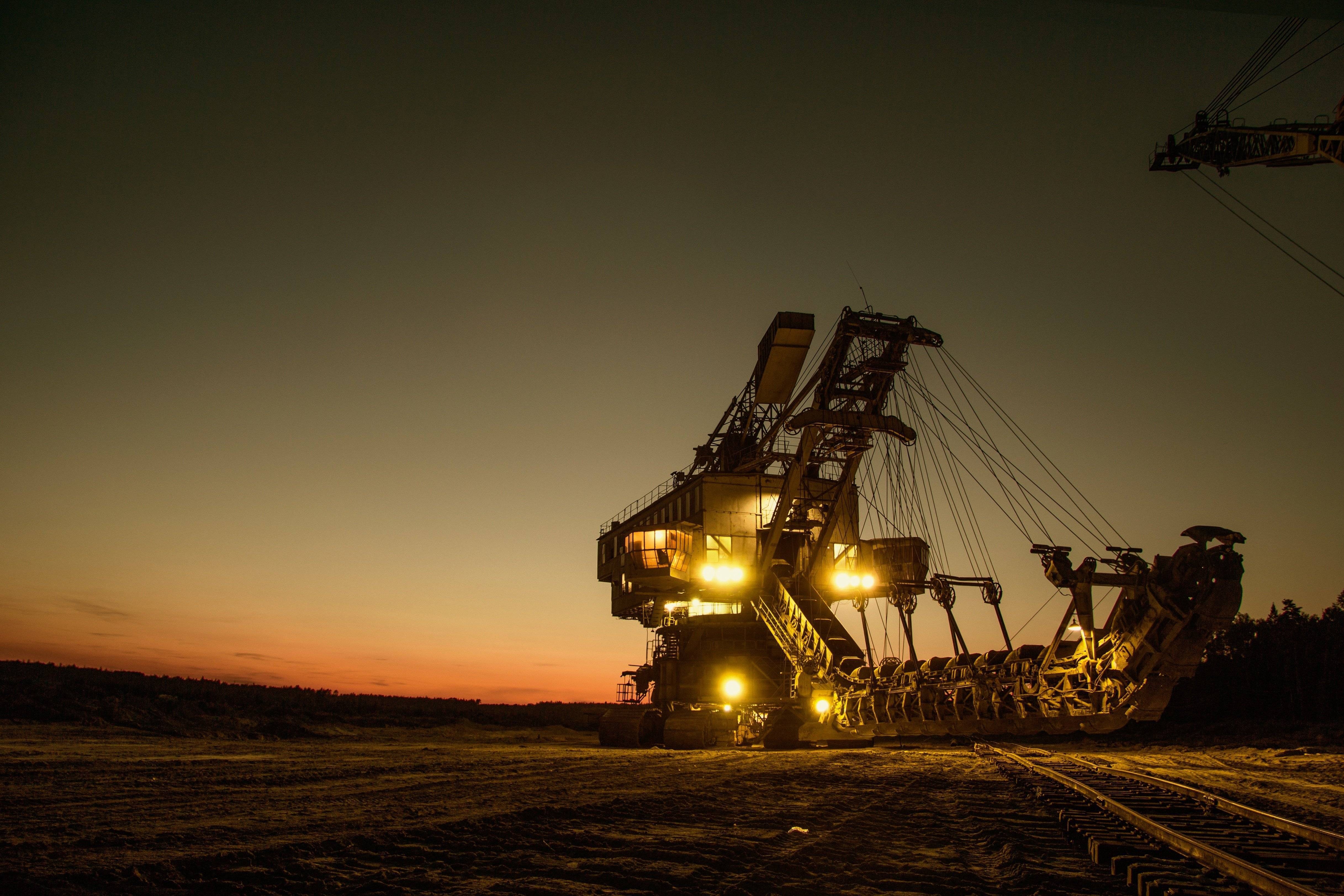


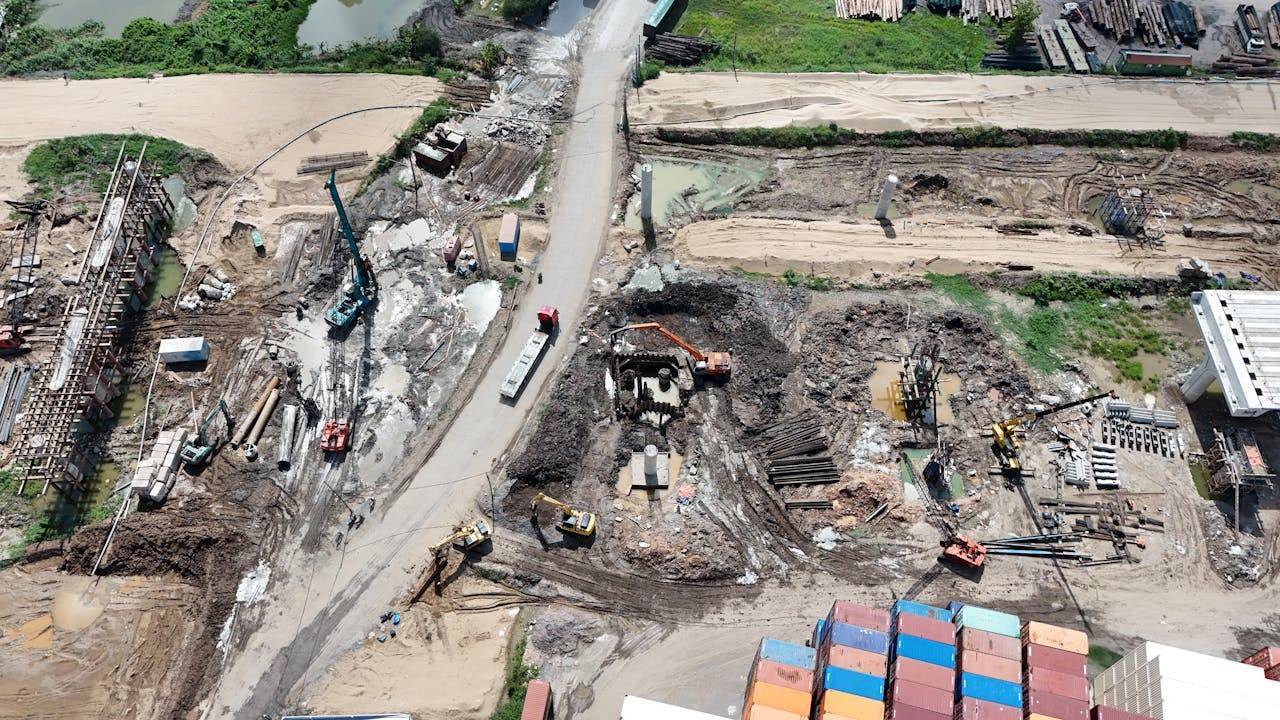
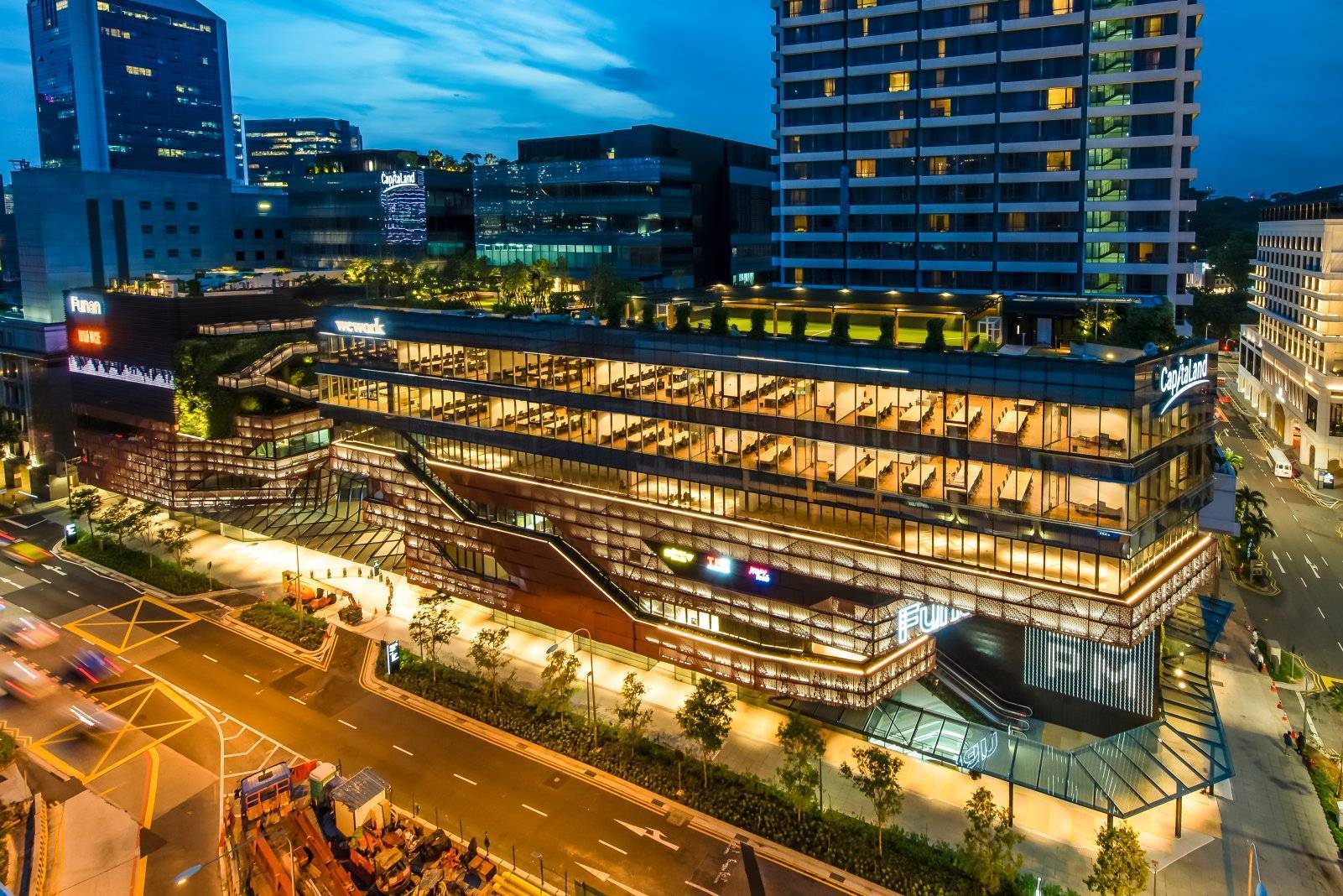
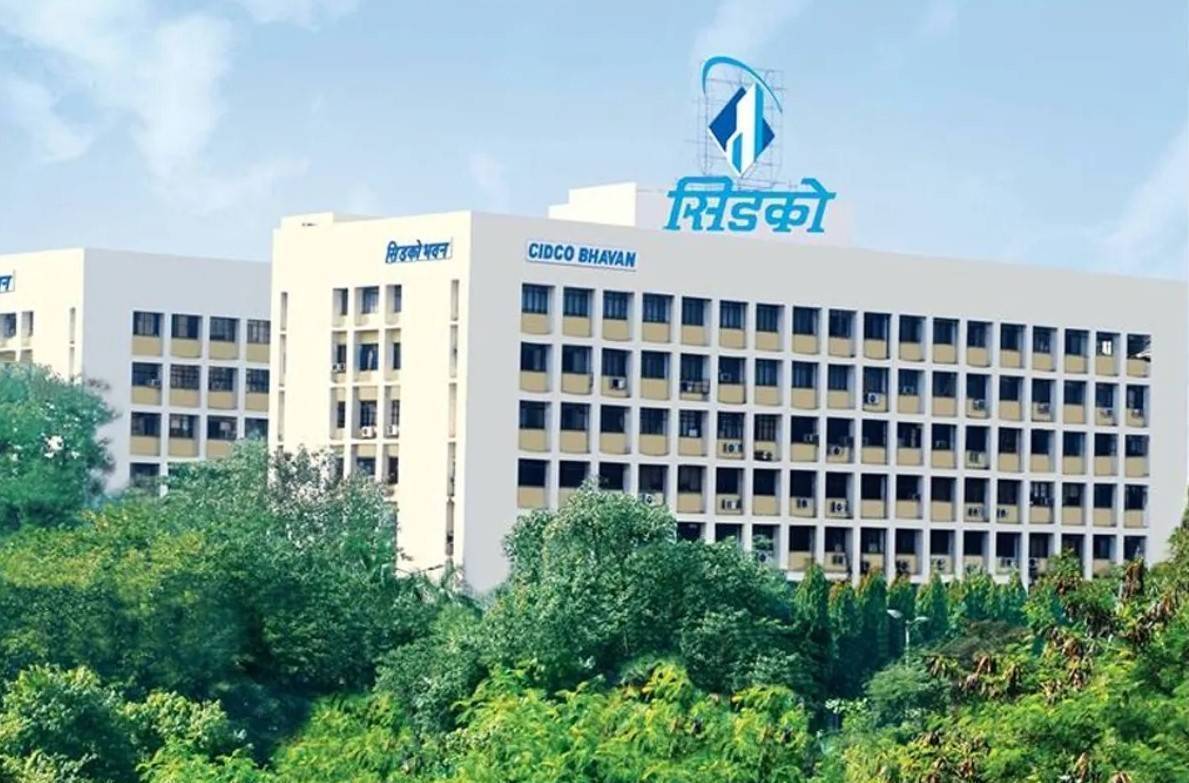
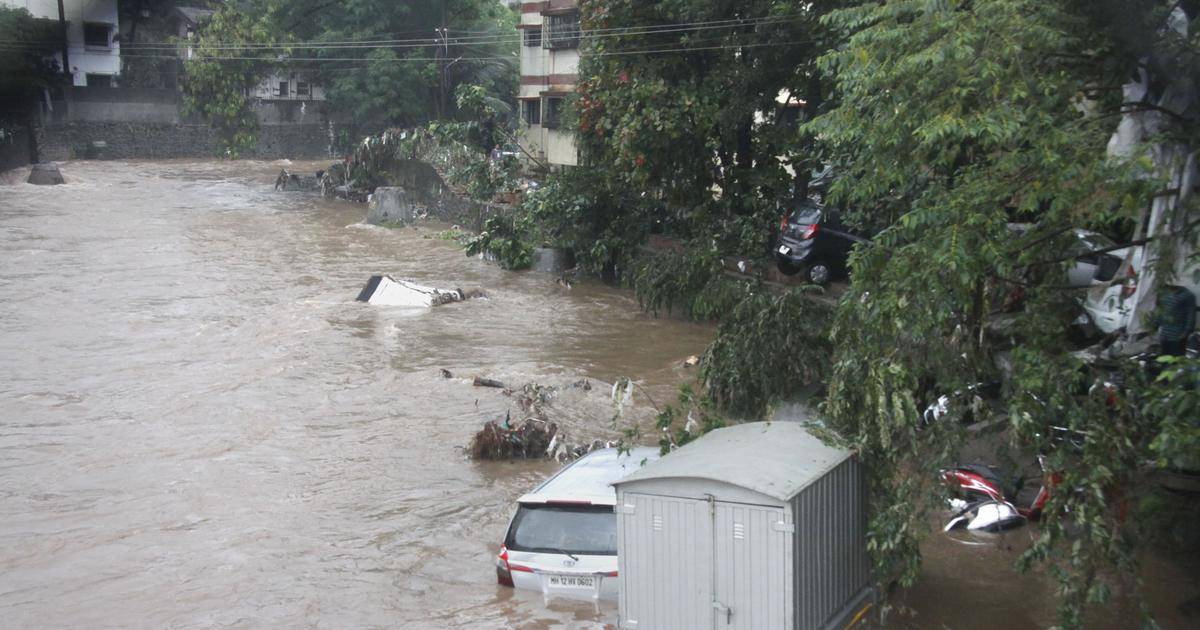
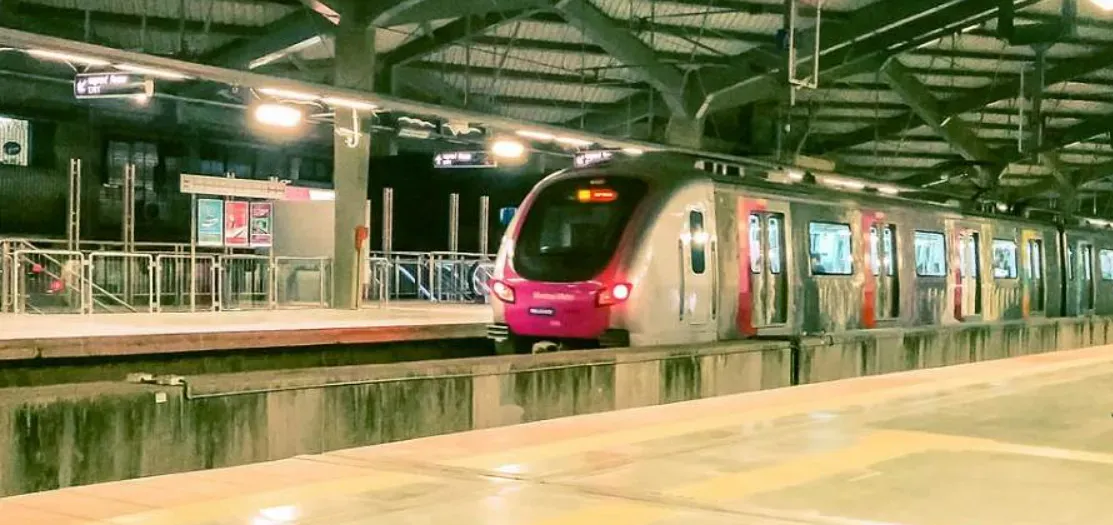
.png)